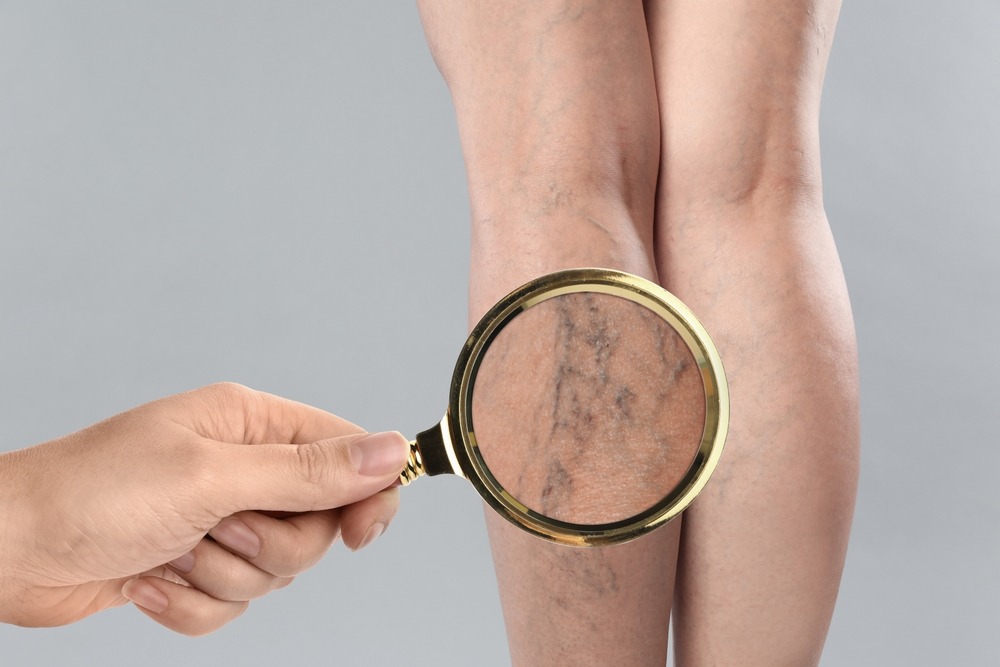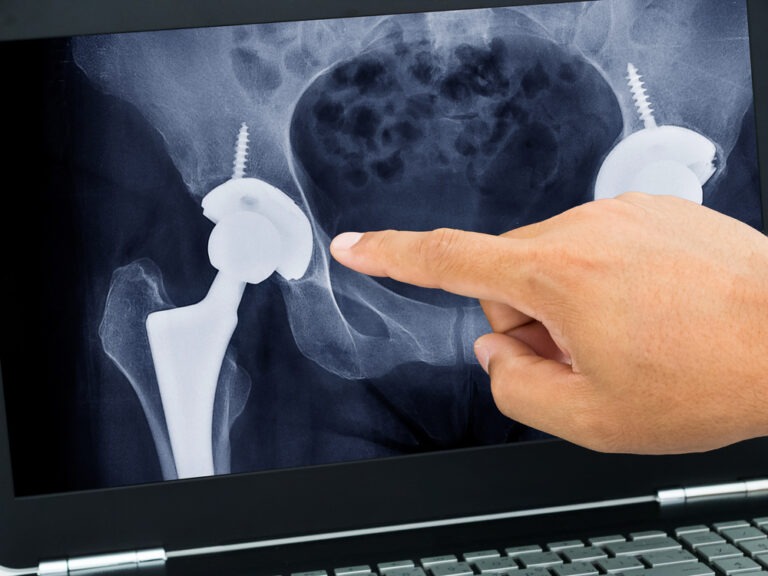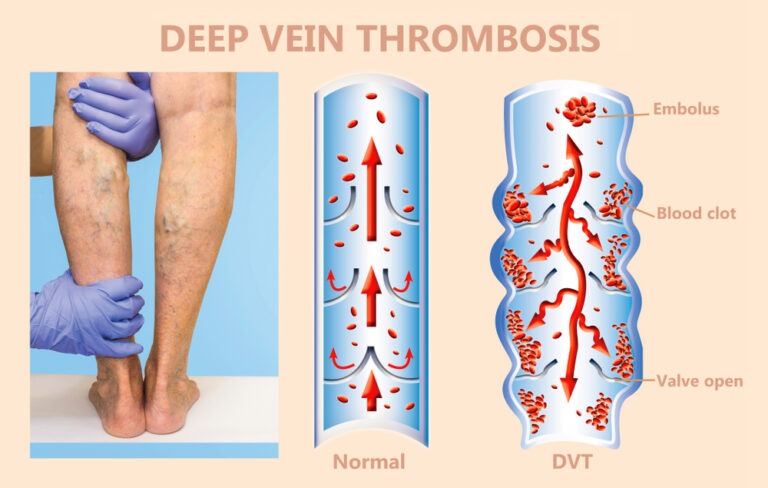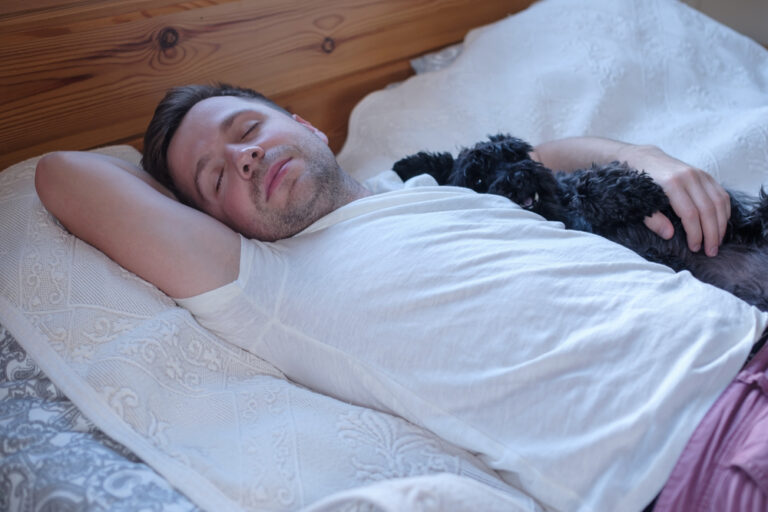As an Amazon Associate. We get small commissions for purchases made through affiliate links in this post at no extra cost to you. More info. Amazon Affiliate Disclaimer
The Ultimate Guide to Varicose Veins: Causes, Treatment & Prevention
Introduction
Are Varicose Veins a Health Concern or Just a Cosmetic Issue?
If you’ve noticed bulging, twisted veins on your legs, you might be wondering whether they’re just a cosmetic nuisance or a sign of a deeper health issue. Varicose veins affect millions of people worldwide, causing discomfort, swelling, and sometimes more serious complications.
Understanding what causes varicose veins and how to manage them can help you maintain healthy circulation and prevent future issues. In this guide, we’ll break down everything you need to know, from causes and risk factors to treatment options and lifestyle changes that can help.
What Are Varicose Veins?
Varicose veins are swollen, twisted veins that appear just under the skin, usually in the legs. They occur when faulty valves in the veins allow blood to pool instead of flowing smoothly back to the heart. This condition can range from mild to severe and may lead to discomfort, pain, and even ulcers in extreme cases.
Common Symptoms:
- Bulging, twisted veins that are dark blue or purple
- Aching, throbbing, or burning sensation in the legs
- Swelling in the lower legs and ankles
- Heaviness or fatigue, especially after long periods of standing
- Skin discoloration or ulcers near the affected veins (in severe cases)
What Causes Varicose Veins?
Varicose veins develop due to increased pressure in the veins, which weakens their walls and valves. Several factors can contribute to this condition:
1. Genetic Predisposition
If your parents or grandparents had varicose veins, you’re more likely to develop them.
2. Prolonged Standing or Sitting
Jobs that require long hours on your feet (like nursing, teaching, or retail work) increase your risk. Sitting for extended periods, especially with crossed legs, also contributes.
3. Pregnancy
Hormonal changes and increased blood volume during pregnancy put extra pressure on the veins.
4. Obesity
Excess weight adds strain to leg veins, making it harder for blood to circulate properly.
5. Aging
Veins lose elasticity over time, making them more prone to malfunctioning.
6. Hormonal Changes
Fluctuations in estrogen and progesterone (common during pregnancy, menopause, or birth control use) can weaken vein walls.
7. Lack of Physical Activity
A sedentary lifestyle can contribute to poor circulation, which in turn increases your risk of varicose veins.
Treatment Options for Varicose Veins
If you’re dealing with varicose veins, there are several medical and home treatment options available.
1. Lifestyle Changes
- Exercise Regularly: Walking, swimming, or cycling can improve circulation.
- Elevate Your Legs: Keeping legs elevated reduces swelling and promotes blood flow.
- Wear Compression Stockings: These apply gentle pressure to help veins function properly.
- Maintain a Healthy Weight: Reducing excess weight decreases strain on veins.
- Avoid Long Periods of Sitting or Standing: Take breaks and move around frequently.
- Stay Hydrated: Drinking plenty of water helps keep blood circulation healthy.
- Eat a Balanced Diet: A diet rich in fiber and low in salt can reduce swelling and promote vein health.
2. Minimally Invasive Treatments
- Sclerotherapy: A solution is injected into the vein to close it off.
- Laser Therapy: Heat energy is used to seal small varicose veins.
- Endovenous Ablation Therapy: A catheter with laser or radiofrequency energy closes off larger varicose veins.
3. Surgical Procedures
- Vein Stripping and Ligation: Removing or tying off the affected vein.
- Phlebectomy: Small incisions are made to remove varicose veins.
- Endoscopic Vein Surgery: Used in severe cases, this procedure involves inserting a small camera into the vein to close it off.
Preventing Varicose Veins
While you can’t change your genetics, you can take proactive steps to reduce your risk of developing varicose veins or prevent existing ones from worsening:
- Stay physically active and maintain a balanced diet.
- Avoid wearing tight clothing that restricts blood flow.
- Elevate your legs whenever possible.
- Drink plenty of water and reduce salt intake to prevent swelling.
- Wear compression stockings if you’re at high risk.
- Practice good posture to ensure proper blood circulation.
- Avoid excessive alcohol and smoking, which can damage blood vessels.
FAQ Section
1. Are varicose veins dangerous? Most varicose veins are not life-threatening, but they can lead to complications like ulcers, blood clots, or chronic venous insufficiency if left untreated.
2. Can exercise help prevent varicose veins? Yes! Activities like walking, swimming, and yoga promote circulation and strengthen leg muscles, reducing the risk of varicose veins.
3. Do varicose veins go away on their own? No, but lifestyle changes can help manage symptoms and prevent progression. Severe cases may require medical treatment.
4. Are varicose veins the same as spider veins? No. Spider veins are smaller, closer to the skin’s surface, and usually not painful. Varicose veins are larger, swollen, and may cause discomfort.
5. Can compression stockings cure varicose veins? They don’t cure varicose veins but can improve circulation and reduce symptoms.
6. How do I know if I need treatment for varicose veins? If your veins cause significant pain, swelling, or skin changes, it’s best to consult a doctor for evaluation and possible treatment options.
Conclusion & Call-to-Action
Varicose veins can be frustrating, but they’re manageable with the right approach. Whether through lifestyle changes or medical treatments, there are ways to improve circulation and reduce symptoms.
Have you or someone you know struggled with varicose veins? Share your experience in the comments or send this guide to a friend who might find it helpful!
References & Resources:
Here are the references and resources used for the article on varicose veins:
- Cleveland Clinic: “Varicose Veins: Causes & Treatment.”
- Mayo Clinic: “Varicose veins – Symptoms and causes.”
- Johns Hopkins Medicine: “Varicose Veins.”
- National Heart, Lung, and Blood Institute (NHLBI), NIH: “Varicose Veins.”
- MedlinePlus Medical Encyclopedia: “Varicose veins.”
- WebMD: “Varicose Veins and Spider Veins: Symptoms and Treatment.”
- Cleveland Clinic: “Varicose Veins During Pregnancy: Types, Causes & Treatment.”
- National Center for Biotechnology Information (NCBI), StatPearls: “Varicose Veins.”










